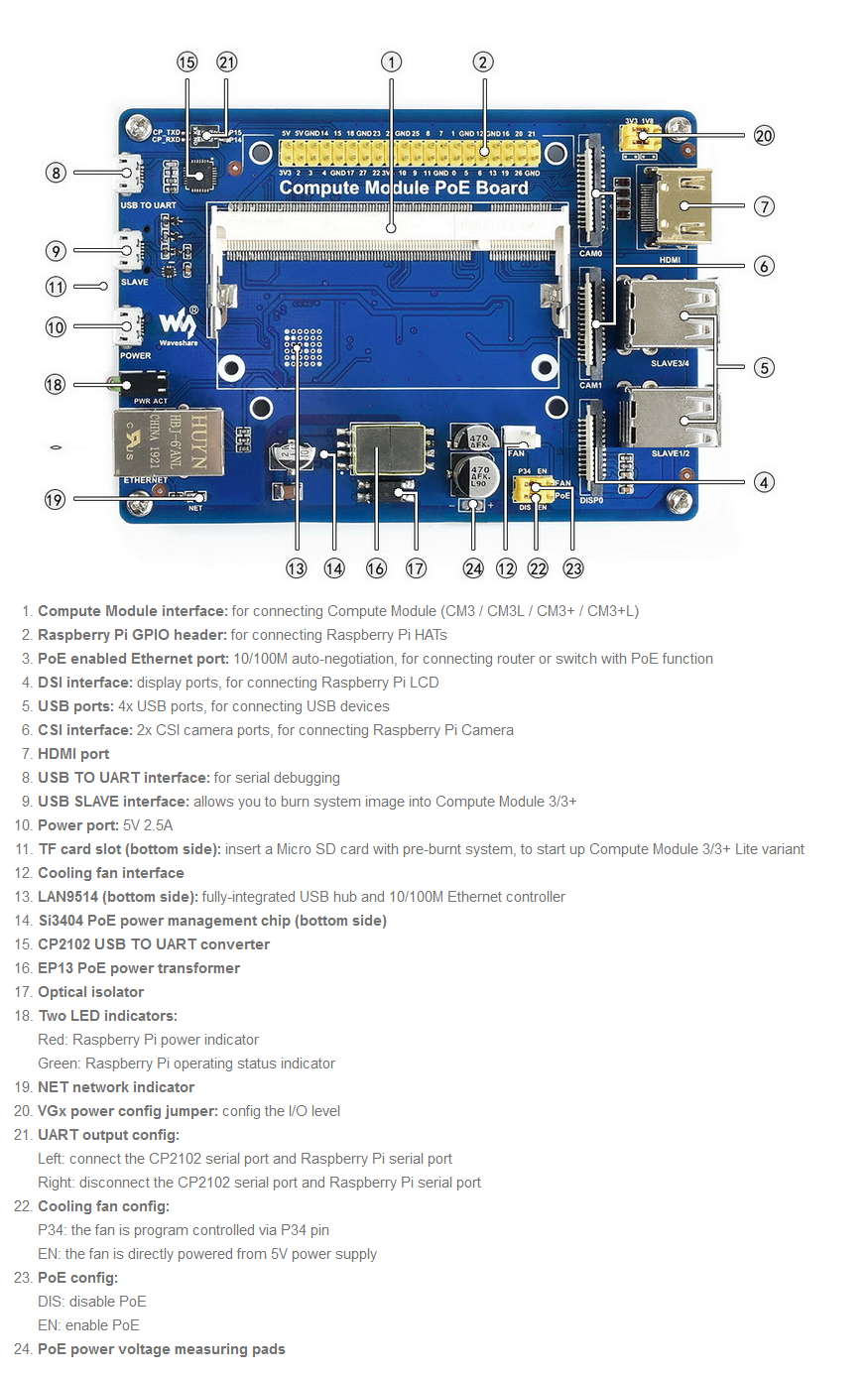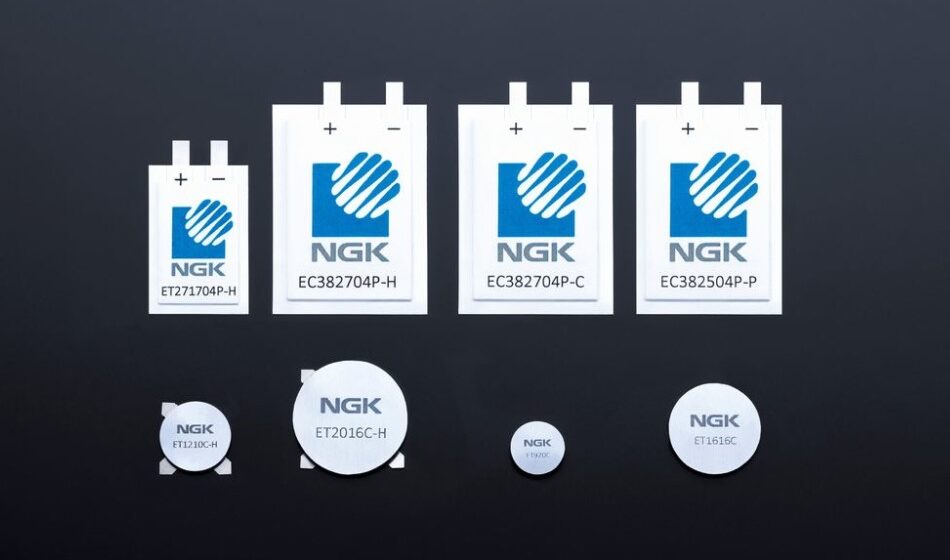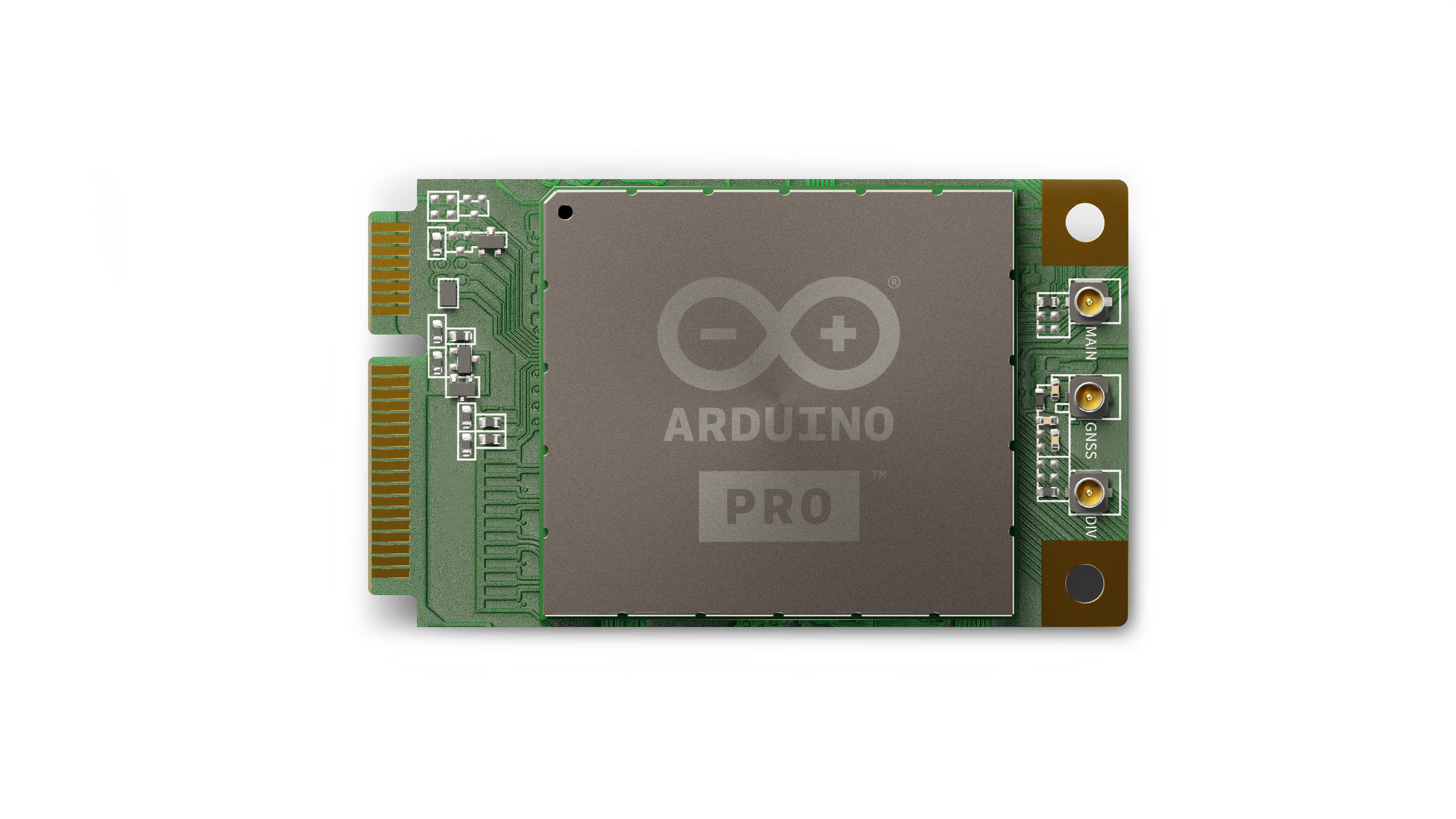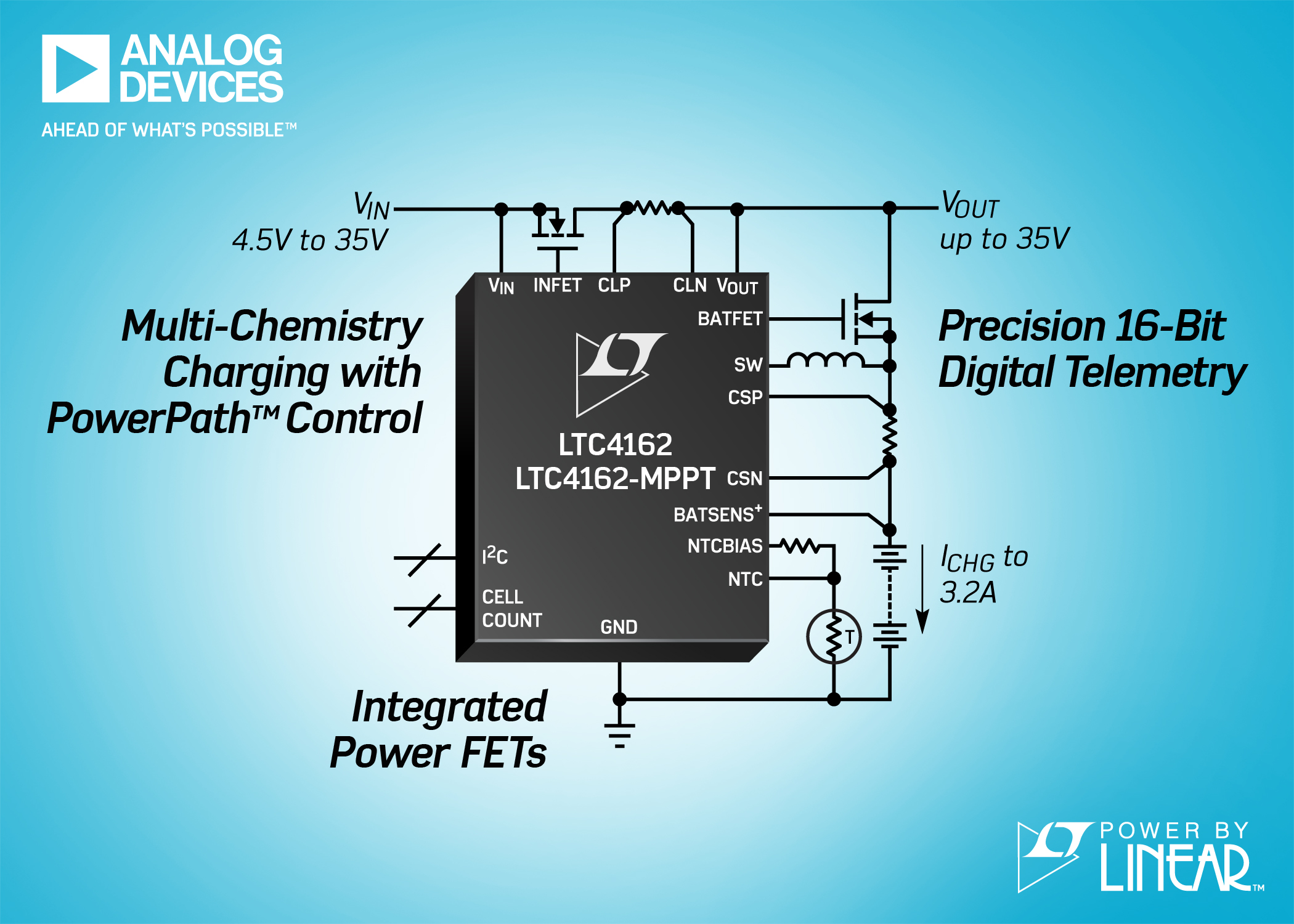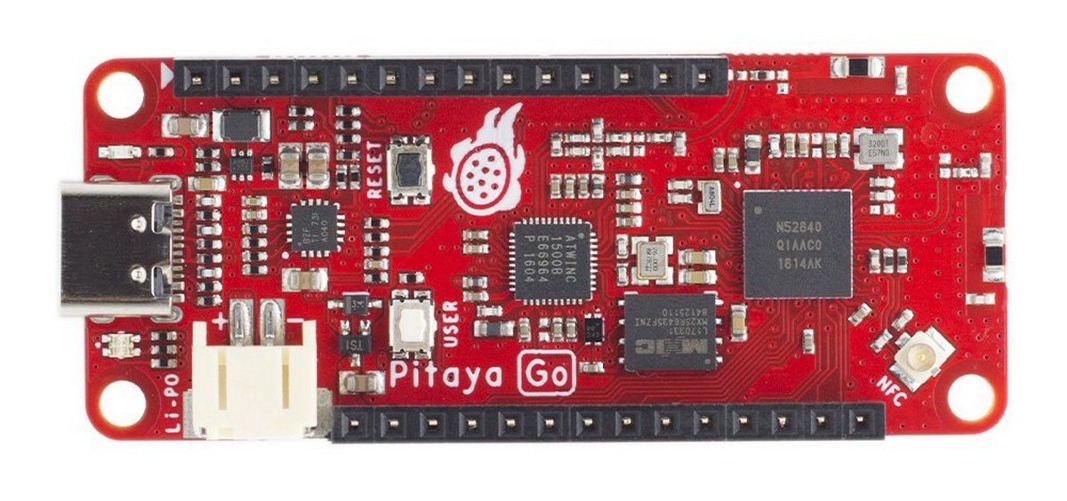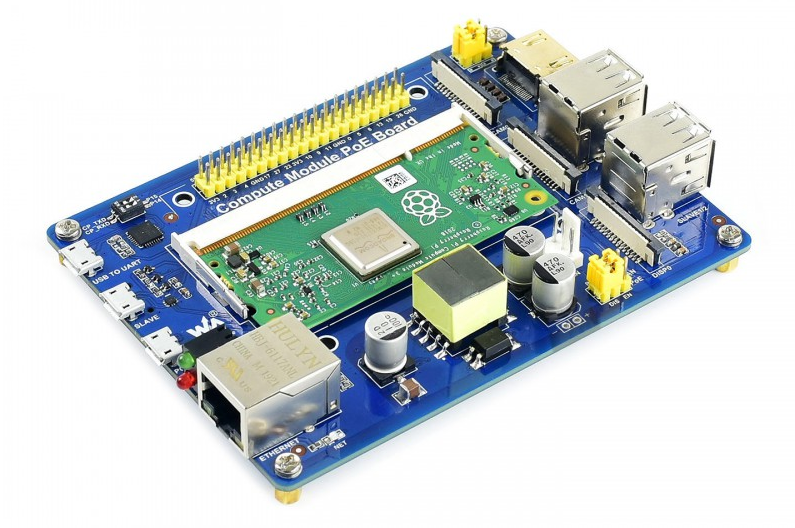
As the Raspberry Pi grew popular, users began to ask for a more flexible form factor which will allow the use of the Raspberry Pi capacities in products, especially those with industrial applications. The response of the Raspberry Pi’s team to these demands was the Raspberry Pi Compute Module which, now is in its third version, carrying the Raspberry Pi’s gut from Processor to RAM. Since the Compute Module was a bare-bones board with none of the IO and Ports that makes prototyping easy with the Pi, the Raspberry Pi Foundation decided to create an accompanying board called the Compute Module IO Board, which is capable of providing the IO, ports and other features that make the compute module easy to use and program like the normal Raspberry Pi. The design of the compute module was made open source and since then, several manufacturers have made their own IO boards with different improvements to make it more useful. One such board is the recently released POE Enabled, Compute Module IO Board by Waveshare.
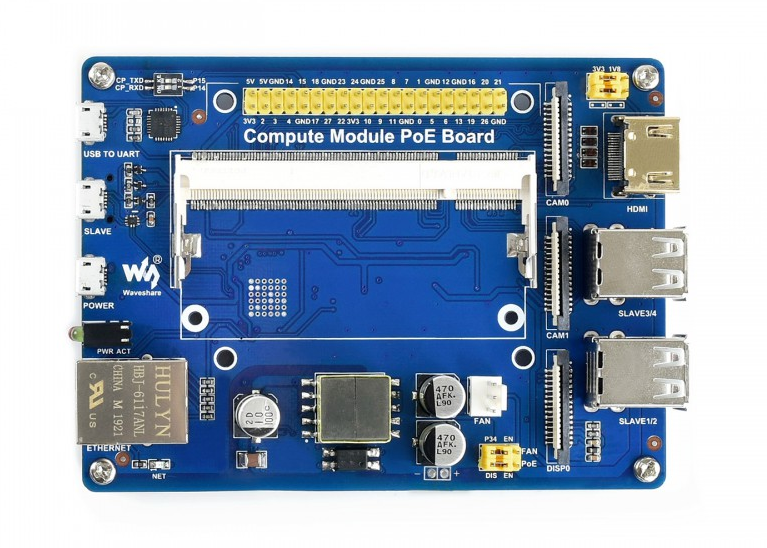
The Compute Module PoE Board is a development board that you can plug a Raspberry Pi Compute Module into, and make use of the resources of Pi more flexibly. With the PoE (Power over Ethernet) feature, and versatile onboard peripheral interfaces, it is suitable for evaluating the Raspberry Pi compute module, also is an ideal choice for end products. The board comes with a Camera interface, USB ports, HDMI Ports, and GPIO headers that allows users to connect sensors to the Compute module. Courtesy of the Power Over Ethernet feature of the board, the board can be powered over the ethernet port. This reduces the number of cables needed in case of large deployment as the same ethernet cables used for network connectivity also powers the system.
Some of the features of the board are highlighted below:
- Raspberry Pi GPIO header, for connecting sorts of Raspberry Pi HATs
- 10/100M auto-negotiation Ethernet port, with PoE, enabled
- 4x USB ports allow connecting more USB devices
- 2x CSI camera interfaces
- Onboard HDMI / DSI interfaces for connecting displays
- Onboard USB TO UART, for serial debugging
- Cooling fan interface, autorun on power-up OR controlled by IO pins
- Adopts isolated SMPS (Switching Mode Power Supply)
- Power supply over a micro USB port or the Ethernet port
- 37V ~ 57V DC Input power
- 5V 2.5A DC output Power
- 802.3af PoE standard
- Board dimension 114mm × 84.4mm
Although it’s sold as a separate entity, a plastic enclosure called the CM-IO_POE Box exists for the IO board. The enclosure has a vent, presumably for a Fan, along with other features to support the IO board.

Waveshare created a Wiki page which provides enough information to help first-time users get up and running with the board in a couple of minutes. The board is available on Seeedstudio for $40 and on the Waveshare store page for $38





